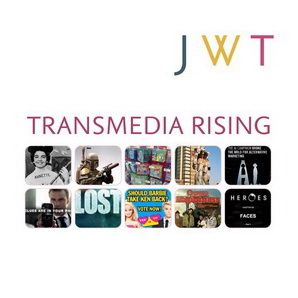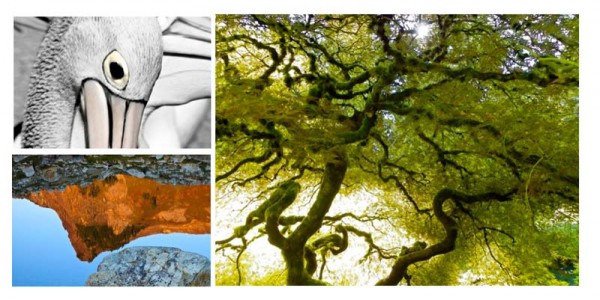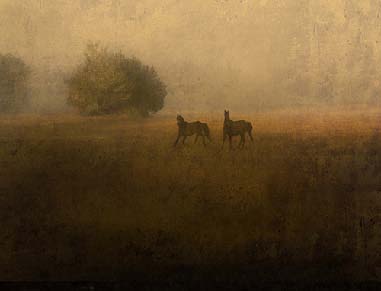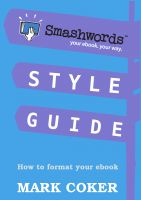 PHOTOGRAPHERS. Have you ever wondered what it would be like to win a Pulitzer Prize at age 25? To see your photography on the cover of Sports Illustrated? To get paid to shoot a celebrity on the beaches of the British Virgin Islands? Photographer Brian Smith has done all three of these things during his 30-year career as a photography pro.
PHOTOGRAPHERS. Have you ever wondered what it would be like to win a Pulitzer Prize at age 25? To see your photography on the cover of Sports Illustrated? To get paid to shoot a celebrity on the beaches of the British Virgin Islands? Photographer Brian Smith has done all three of these things during his 30-year career as a photography pro.
He talked about those experiences and more during an entertaining and informative PhotoShelter webinar entitled “Stop Waiting for Your Big Break.”
 During the hour-long interview with PhotoShelter CEO Alan Murabayashi, Smith provides practical career advice while sharing some of the humorous stories behind some of the images that helped him transition from shooting sports for local newspapers to shooting celebrity portraits for national magazines. Here are just a few of the tips Brian Smith presented during the discussion.
During the hour-long interview with PhotoShelter CEO Alan Murabayashi, Smith provides practical career advice while sharing some of the humorous stories behind some of the images that helped him transition from shooting sports for local newspapers to shooting celebrity portraits for national magazines. Here are just a few of the tips Brian Smith presented during the discussion.
Find ways to shoot what you love, then shoot every assignment as if it were your dream job. It’s unlikely that you’ll ever get one big break that will permanently propel your career into the stratosphere, Smith said. But with the right attitude and work ethic, you can build a satisfying career from a series of small breaks. The key is to make the most of each small break by shooting everything like you’re working for Sports Illustrated or Rolling Stone. Smith pointed out that the photo editors at top magazines are unlikely to call you until you have demonstrated that you can produce the type of work they expect.
Build on those techniques that have worked for you in the past. By continually returning to projects and techniques that have worked for you in the past, you will eventually develop a style that will set you apart from others. For example, Smith says, “As a photojournalist, I continue to look for the unexpected, even when shooting portraits.”
Enter contests that are appropriate for your demographic. Winning the right contests can be a great way to get your work in front of people who are in a position to hire you. It also means that other people will be doing PR on your behalf. That type of PR is generally more credible and effective than the PR you do on your own.
Use personal projects to show people the type of work you want. When Smith was trying to transition from sports photojournalism into celebrity portraiture, he decided to shoot a series of portraits of aging burlesque stars. The project demonstrated that he could work with flamboyant performers with oversized personalities. Not only did this project help Smith land an assignment to photograph Donald Trump, but several years later, it resulted in a Sports Illustrated assignment to photograph a nudist golf tournament. As Smith puts it, “Do good work, and you never know when it will pay off.” A personal project may not generate assignments right away, but good work can leave a lasting impression.
Build a strong website and keep people coming back to it. Once you have built a strong body of work with a distinctive style, Smith says a good website can be the most important tool you have. Today, every photo editor has different preferences in terms of how they want to be contacted (e.g. through the mail, e-mail, social networks, etc.). So you have to try a lot of different methods of getting your work seen. But if you always point people back to your website, they can get a sense of what you’ve been up to and the type of work you are capable of. Smith said it’s important to tweak the content regularly and show people that you’re continuing to work on new projects.
Smith noted that it’s never been easier to get your work out there and seen, but because there’s so much work out there, your work really has to have something special.
That’s why he urges photographers to swing for the fences, and not always go for the safe shot. For example, Smith provided this advice: After you’ve fulfilled all of the items that your clients wants you to shoot in the way they want it shot, try to take a moment or two to shoot the job the way you would do it if you were shooting it for yourself. Your client might be happily surprised by the results.
PhotoShelter is a leading provider of websites and business tools for photographers.









